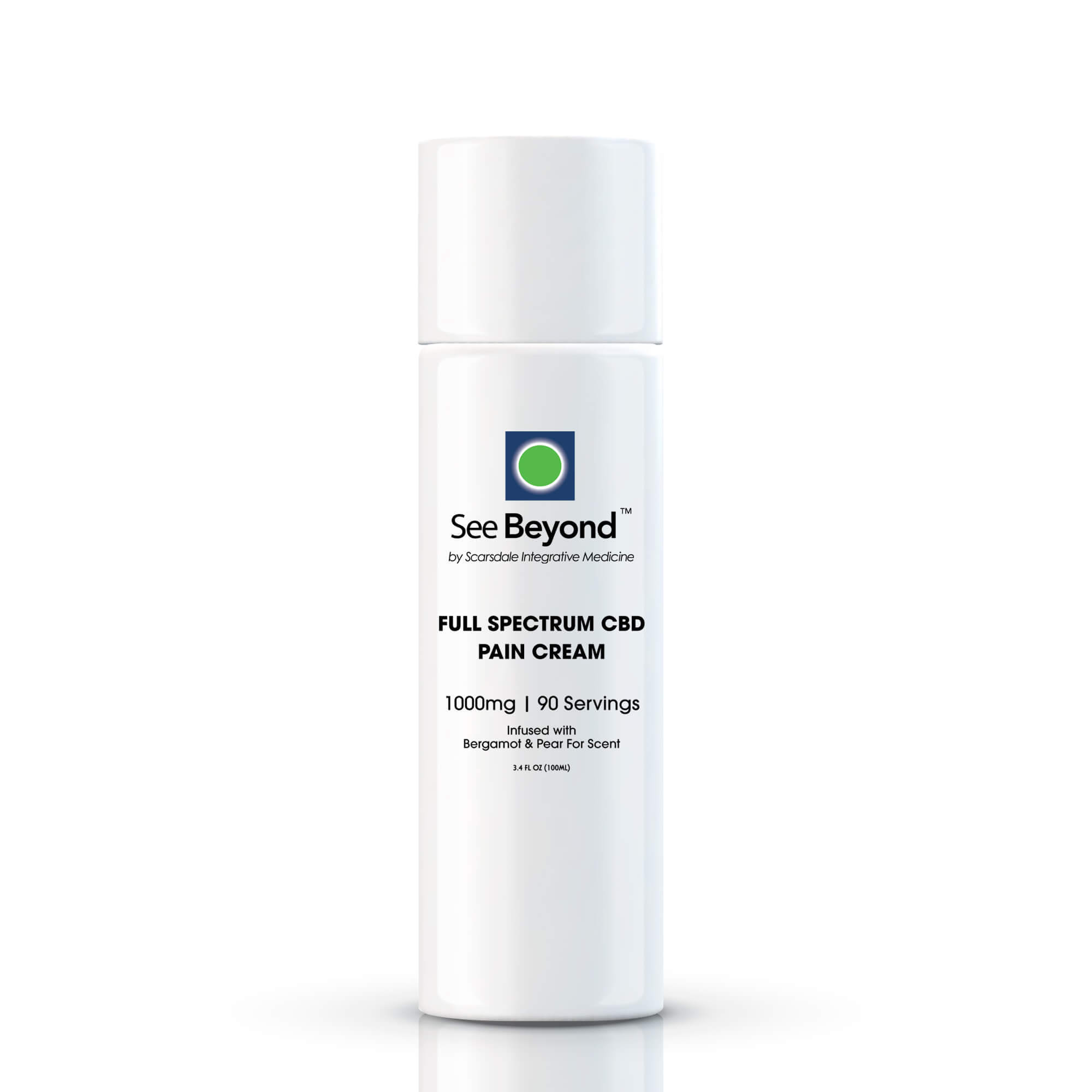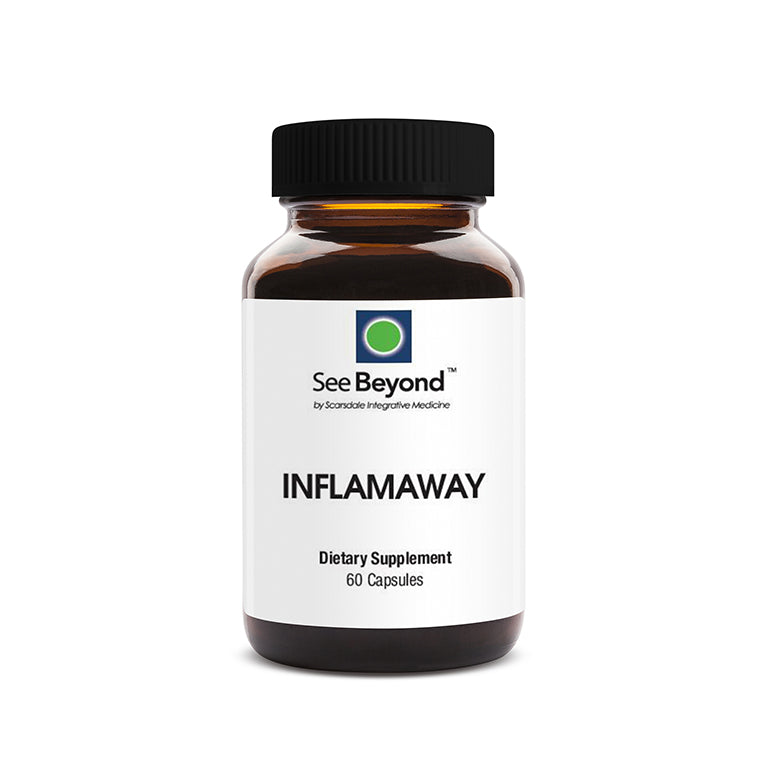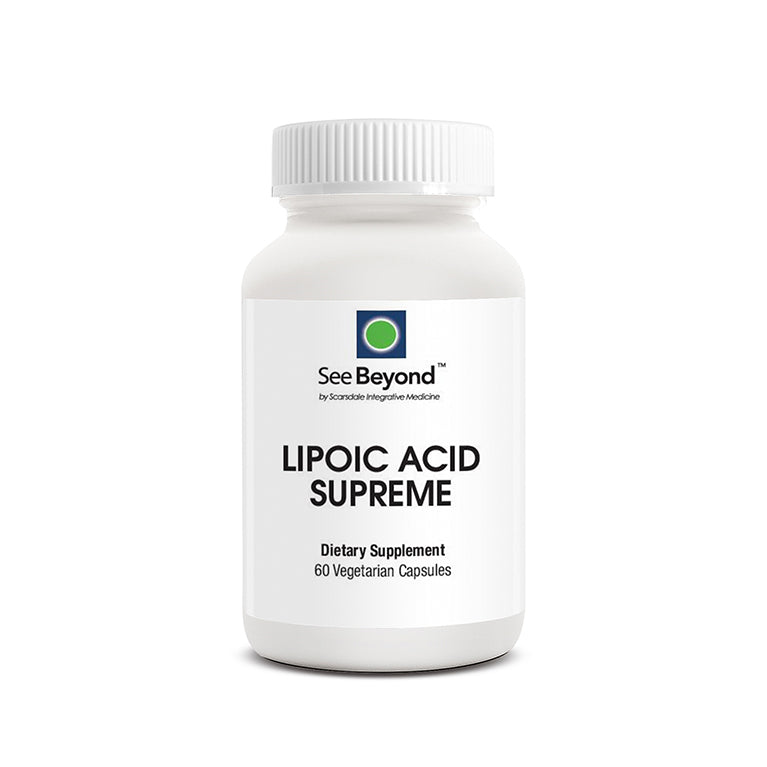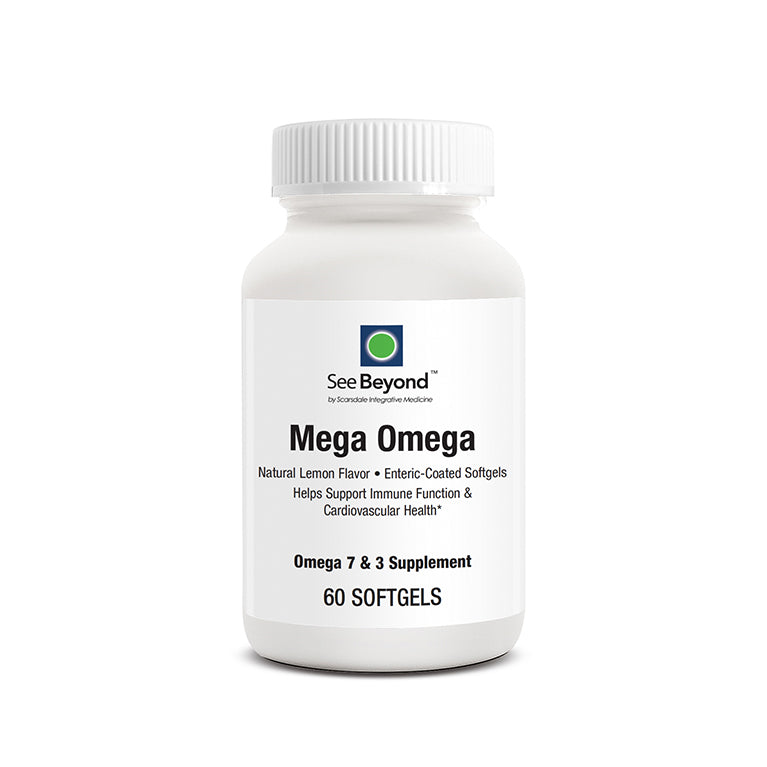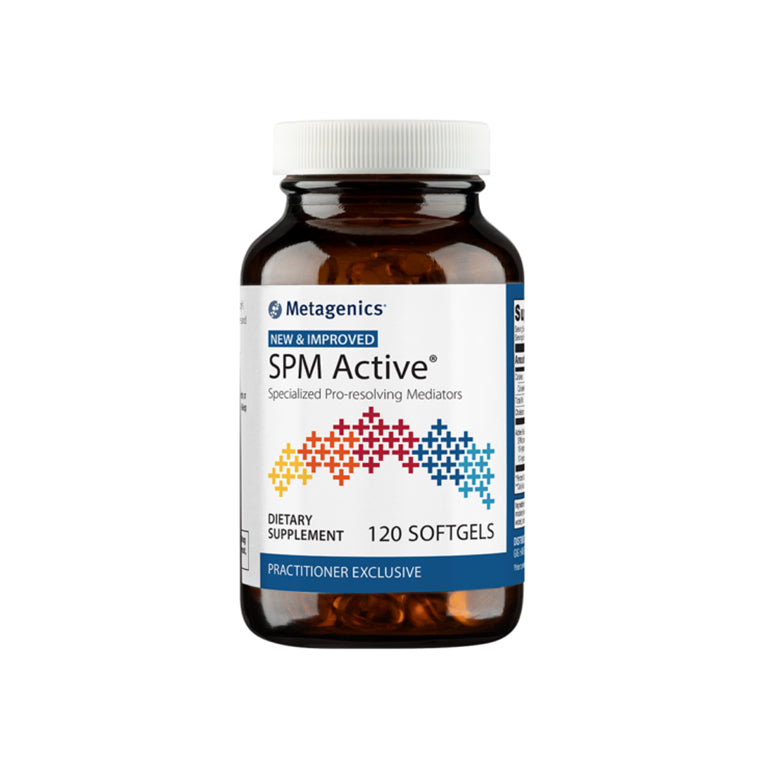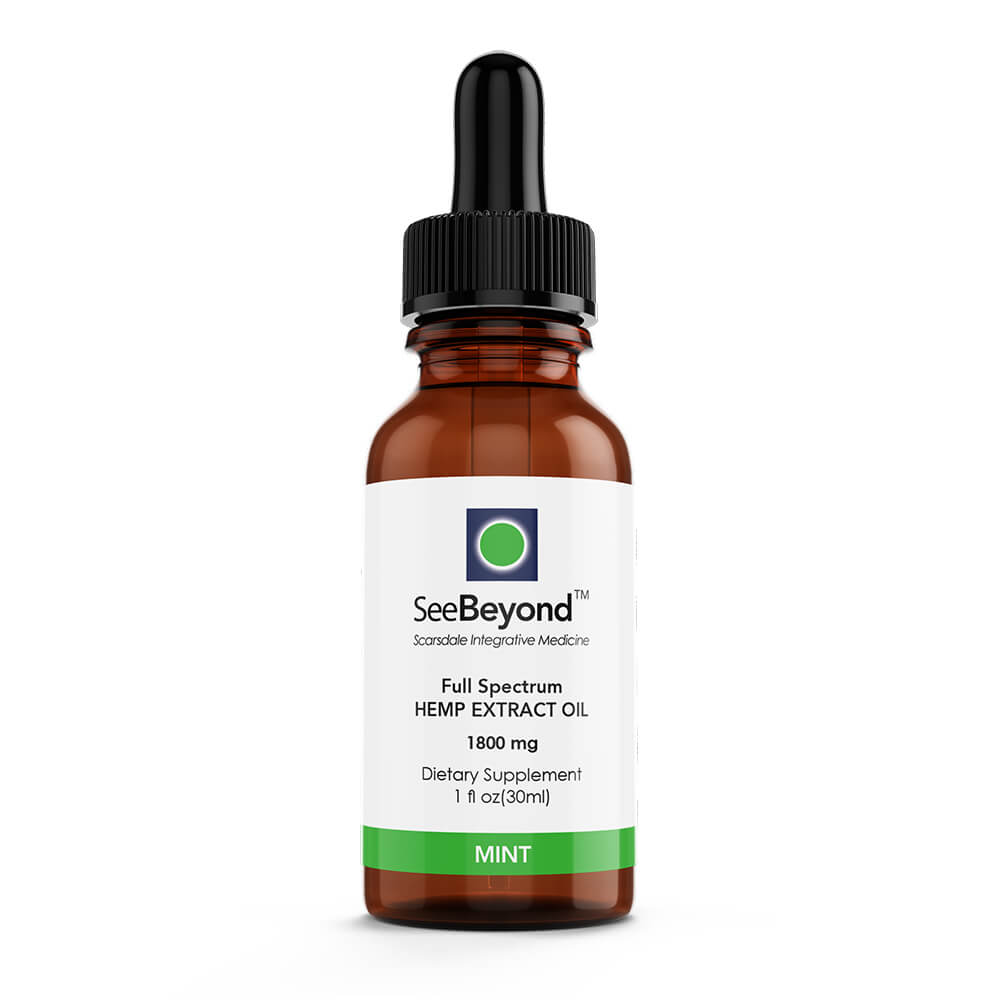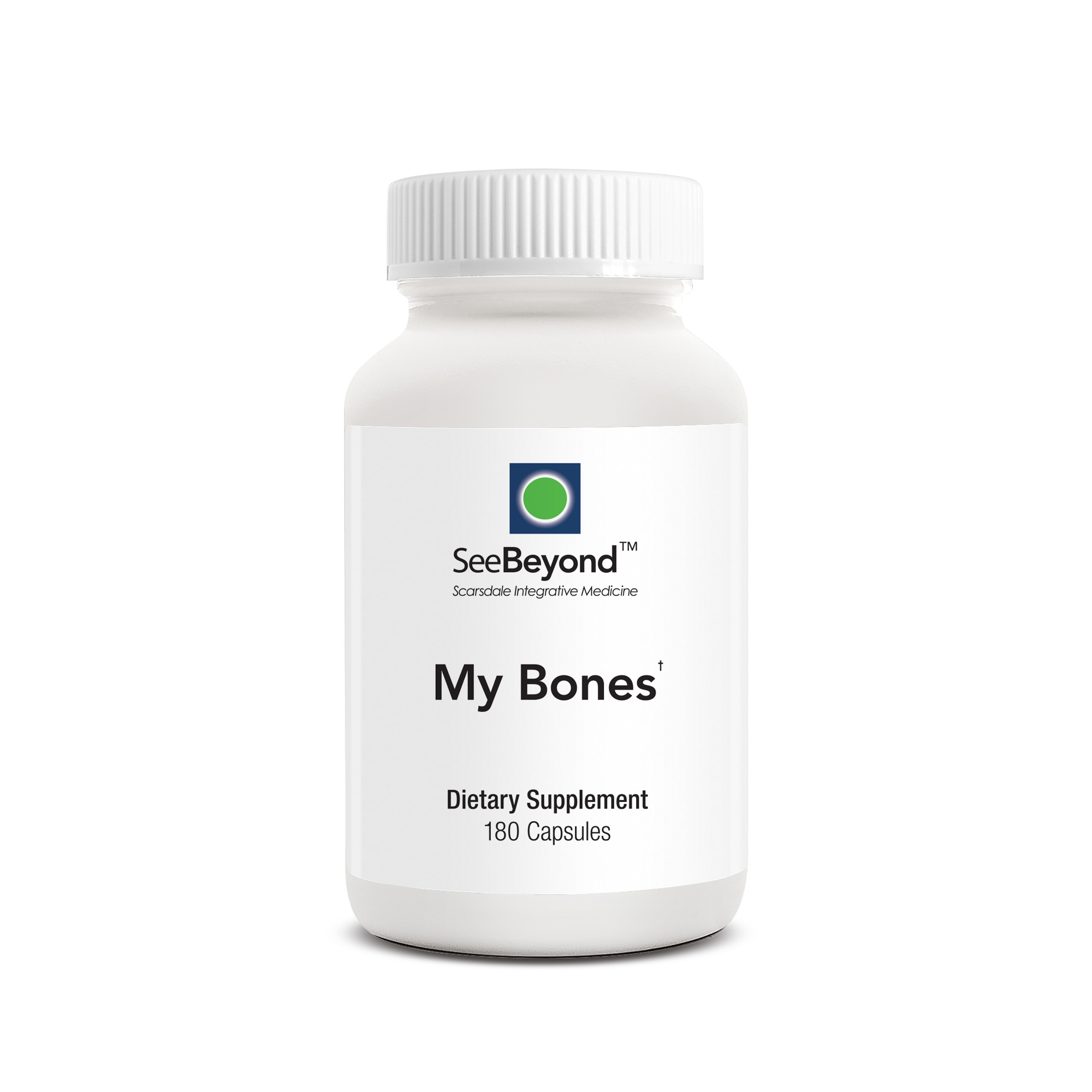Ultimate Pain Relief with Pain Supplements at SeeBeyond Shop
Pain is defined as an uncomfortable, unpleasant sensation caused by tissue damage. Think of it as a warning signal that induces the body to react and repair itself from tissue damage. The experience and quality of pain varies per individual, and its subject covers a wide scope.
If you’re wondering about the best way to mildly treat pain, SeeBeyond Shop’s dietary supplement may be a good option for you. Learn more about our supplements for pain relief by scheduling a consultation with us. Your first consultation is free here at SeeBeyond Shop.
Understanding Your Body Pain
Pain is a different experience for each individual, which makes it challenging to identify and treat, unless the underlying causes are already known. Your body feels pain when your brain interprets the signal that travels along your nerve fibers.
If your body doesn’t feel pain, it could be that your pain receptors are non-functional due to a genetic disease or an existing health condition. What most people neglect is the fact that feeling pain is a hint that your body’s system is still in a fairly normal state as it still detects and reacts to the issues that need to be addressed in your body.
Your body still gets hurt even when you’re not feeling any painful sensation, and your body doesn’t always resolve any abnormal occurrences on its own; so pain is an important signal from your body if there’s anything that needs urgent medical attention.
The Anatomy and Physiology of Body Pain Pathways: How Your Body Processes Pain
Understanding pain and pain management is required to effectively perform interventions and treatments for pain relief. Pain is felt when a signal is sent to your nerves to be interpreted by the brain, which is indicative of abnormal iterations that are damaging or potentially detrimental to the normal tissue. The processes of pain involve the following:
- Transduction. In this process, a painful stimulus (physical or chemical) from the site of tissue damage is converted into a signal and sent to the brain for interpretation as pain.
- Transmission. The painful stimulus is usually indicative of tissue damage, which activates nerve endings that are responsible for the perception of pain.
- Perception. This occurs after the transduction and transmission, in which the perception of pain is evoked by the brain’s response to the stimuli.
- Modulation. During this phase of pain processing, the brain interacts with nerves to adjust intensity and duration of pain, producing a certain kind of pain experience.
Different Kinds of Pain in the Body
The types of pain depends on specific categories depending on their duration, site of damage, the intensity of pain, and the scope affected by pain.
1) Acute Pain and Chronic Pain
Acute and chronic pain are kinds of pain depending on duration. Acute pain is relatively shorter in duration compared to chronic pain. When we say short duration, the pain may last from a couple of minutes up to 6 months. Acute pain is typically caused by mild tissue injury or illness that may subside once the underlying medical condition causing it has healed or improved.
Lack of proper treatment for acute pain may result in its development into chronic pain, which may occur in a constant or intermittent manner. In other words, chronic pain still exists even if there are brief periods of relief from pain, but then the pain returns periodically. Chronic pain is often a result of a health condition such as arthritis, fibromyalgia, or a spine condition.
2) Neuropathic Pain and Nociceptive Pain
Neuropathic and nociceptive pain differs depending on the site of damage. Neuropathic pain occurs due to nerve damage while nociceptive pain is caused by tissue damage which is often a result of an external injury.
The sensation of pain also differs between these types of pain for this category. Neuropathic pain is described as a similar feeling to pins and needles that are stabbing, shooting, or burning the damaged area; while nociceptive pain is characterized as a sharp or throbbing kind of pain.
Nociceptive pain can be acute and chronic, while neuropathic pain is a common type of chronic pain.
3) Radicular Pain and Somatic Pain
Radiating pain (i.e, radicular pain) is a type of pain that is caused by the compression or inflammation of the spinal nerve. Radicular pain is a sharp, severe, localized pain experienced below the hip to below the knee.
Somatic knee, on the other hand, is a dull, aching pain that occurs in a wide region or patch of the body. The most common causes of somatic pain are cancer and bone metastases.
4) Visceral Pain and Referred Pain
Referred pain is characterized as a type of pain that’s felt within a specific region, while visceral pain is pain that is not well localized. Visceral pain is diffused and poorly organized, but Visceral Nociception is a type of pain that becomes referred.
Common Causes of Body Pain
Pain is a natural reaction of the body, a response to tissue or nerve damage so pain isn’t merely a symptom for a specific medical condition because there are many medical issues that may have caused it. The causes of tissue and nerve pain also depend on specific factors. In general, the following factors may lead to pain in certain areas of your body:
1) Lack of Sleep
Enough quality sleep helps the body’s tissues and cells properly function. Sleep is also essential for normal brain function, as well as the replenishment of energy in the body. Because sleep encourages the repair and normal function of the tissues and cells in the body, lack of sleep will result in pain in certain parts of your body.
2) Dehydration
Water is significant for the normal and healthy functioning of your body, especially breathing and digestion so insufficient amounts of water consumed will result in major discomfort and pain in various parts of the body.
3) Vitamin D deficiency
Calcium is essential for bone health, and the proper function of your kidneys and muscles, so low calcium levels can result in body cramps, as well as muscle twitching or spasms.
4) Lack of Oxygen
Insufficient oxygen circulation causes aches and pain all over your body. When you lack proper circulation of oxygen, your body tissues don’t get enough oxygen which may be damaging so pain is felt in the site of damage. Some of the conditions that may cause you to feel pain due to lack of oxygen are the following:
- Anemia. Anemia includes symptoms of head or chest pain, which is caused by the insufficient circulation of functioning red blood cells.
- Pneumonia. Pneumonia is a lung infection that reduces the oxygen level that circulates in your body to keep your red blood cells and tissues healthy.
5) Inflammation
Inflammation is the body’s response to damaged tissues or cells, as the signals to alert the brain of this damage is sent and interpreted as pain. There are many conditions that may cause inflammation such as stress, cold, flu, mononucleosis, arthritis, lupus, and multiple sclerosis. There are also different manifestations for inflammation depending on your condition.
- Viral Infection. Viral infections such as cold or flu may attack your body and cause inflammation in certain areas of your body which can be painful. Pain caused by viral infections doesn’t just affect the site of damage, it may also affect the rest of your body.
- Stress. Unhealthy stress levels can have a major impact on your immune system, and your body’s response to inflammation and then body ache arising from infections and sickness.
- Mononucleosis. Popularly referred to as “mono”, this very contagious disease is detected through body aches, which is one of its symptoms. These body aches are very important signals of inflammation and swelling that blocks your airway, which occurred because of this condition.
- Fibromyalgia. This is a condition where your muscles and bones feel fatigue along with an aching pain in areas of the body. Although there’s no specific condition that automatically causes fibromyalgia, it can be triggered by physical trauma, infections, and surgery.
Best Practices for Pain Relief
Pain management isn’t limited to intake of oral medication. Simply reducing stress levels and improving your emotional well-being can have a substantial impact on your experience of pain and overall quality of life. Other pain management strategies include:
- Pain killer medication
- Pain supplements or vitamins to reduce pain
- Physical therapy sessions
- Psychological therapy
- Mind and body wellness techniques
How Pain Supplements Help Reduce Body Pain
From joint pain to nutrient and vitamin deficiencies, there is a wide range of diseases that may have caused pain. It may take a while to address the underlying conditions that cause pain, so what you can do instead is to take supplements for chronic pain or to immediately address the site of damage that causes pain.
Pain caused by physical injury or is easily manageable with pain medication. Inflammatory musculoskeletal pain on the other hand may be managed using natural supplements. Some of which are some cases of joint pain such as knee osteoarthritis (Knee OA) and rheumatoid arthritis.
Common Pain Supplements to Reduce Body Pain
There is a wide variety of what causes pain, but there are also many supplements that can reduce the triggers of pain, as well as the pain itself, such as the following:
- Proteolytic Enzymes. These enzymes may help decrease your muscle soreness and improve your after-workout muscle recovery. It uses various mechanisms to improve the management of your bodily inflammatory process.
- Omega 3 Fatty Acids. Omega 3 fatty acids (i.e, fish oil supplements) is an old and established remedy for pain relief. These supplements help patients reduce the level of pain they experience, so it also reduces your need for taking pain-reliever medications.
- Omega 7 Fatty Acids. Omega-7 fatty acid is generally a remedy for chronic pain caused by acidic foods or ulcers.
- Specialized Pro-Resolving Lipid Mediators (SPMs). SPMs are derived from essential fatty acids to limit responses and create mechanisms to clear tissue pathogens from the site of infectious inflammation. Despite its function, SPMs are not immunosuppressive drugs. These non-opioid analgesic drugs merely actively resolve inflammation and reduce pain.
- Cat’s Claw. Cat’s claw is an herbal supplement used to treat rheumatoid arthritis pain and provide joint pain relief without significant side effects while promoting joint health.
- Monolaurin. This is a chemical made from lauric acid that has properties that can reduce inflammation. Additionally, monolaurin is most effective for pain relief when combined with other ingredients.
- Vitamin D. Vitamin D supplementation may lead to a reduction in pain score, so it’s also recommended to add this ingredient to your supplementation for pain relief. Vitamin D is also crucial for bone and muscle function, so it plays a role in normalizing joint function and relieving joint pain.
- Curcuminoid. Similar to vitamin D, curcumin also has anti-inflammatory properties and are helpful to achieve pain relief. This is an active ingredient of turmeric, which gives turmeric spices its yellow color.
- Glucosamine and chondroitin sulfate. Glucosamine supplement and chondroitin sulfate work together when the properties of these supplements are synergized to help you achieve joint pain relief and improve joint function. This is recommended to people with osteoarthritis who can’t take nonsteroidal anti-inflammatory medication.
- Collagen. Collagen isn’t only good for the skin, it also has properties to help relieve kinds of joint pain such as knee OA, and even the pain that occurs in the cartilage, among many others that this supplement relieves. Joints contain collagen-rich connective tissue, which is why both collagen deficiency and vitamin deficiency (factors that affect joint function) are attributed to joint pain.
- Vitamin C. One of the popular benefits of vitamin C is its anti-inflammatory properties that may also reduce pain.
Why You Should Choose SeeBeyond Shop for Pain Relief Supplements
Dietary supplements for pain relief here at SeeBeyond shop are mostly joint pain supplements for joint inflammation which causes knee pain, such as knee osteoarthritis, among other conditions.
Our best joint supplement options contain natural supplement ingredients in each capsule of our dietary supplement for pain relief. Learn more about our supplements for pain relief by scheduling a consultation with us. Your first consultation is free here at SeeBeyond Shop.
Our Products
Pain supplements are available at SeeBeyond shop to help alleviate symptoms of pain or decrease your pain score. Such supplements include the following:
- Inflamaway. This supplement by SeeBeyond shop consists of a combination of herbs, nutrients and proteolytic enzymes to regulate inflammatory response and help protect against oxidative stress.
- Mega Omega. This supplement synergizes omega-3 and omega-7 fatty acids to normalize triglyceride levels, improving immune function and cardiovascular health to avoid conditions of inflammation.
- SPM Active. This supplement contains SPMs, which are molecules that are produced by the body to respond to tissue damage caused by physical injury. This is an essential supplement because there are cases when the body does not produce enough SPMs on its own.
- Liposomal Cat’s Claw. This supplementary blend is formulated with liposomal technology, which contains cat’s claw, monolaurin, vitamin D, and other ingredients. Nutrients and minerals delivered in liposomal form promote enhanced absorption and bioavailability.
- Curcumin. With 3 bioactive curcuminoids (e.g, curcumin, bisdemethoxy curcumin, and demethoxy curcumin), this supplement helps reduce inflammation and helps achieve faster pain relief. Curcuminoid formulation of SeeBeyond Shop contains turmeric, and has a higher absorption rate so more curcuminoids are ingested into the body with reduced absorption time.
- Full Spectrum Hemp Extract Oil. This product contains Cannabidiol (CBD), which has anti-inflammatory properties to help relieve the tension from stress and provide faster recovery from exercise.
- My Pain Protocol. Introducing an all-in-one kit for faster and more effective pain relief, which contains inflamaway, curcumin, and super magnesium.
Risk of Untreated Pain Symptoms
A person’s pain could have been caused by a variety of factors, such as an external or internal source, nerve damage or tissue damage. If pain becomes chronic, even if the symptoms are bearable, you should consult with your doctor.
You don’t need to suffer from prolonged pain. Pain is your body’s way of telling you that something might be wrong, and chronic pain is indicative of a problem that your body can’t troubleshoot on its own. Therefore, you need to listen to your body and address symptoms of unusual pain.
FAQs About Pain Supplements
Q: Are there any safety considerations when choosing pain supplements?
A: Pain may be caused by underlying medical conditions or deficiencies in your body, so pain supplements may act as multivitamins to regulate your body’s painful inflammatory responses. In general, dietary supplements are unlikely to increase health risks unless you’re going through surgery or other pre-existing conditions. For best results, you can consult with your healthcare provider.
Q: Should I only take supplementation for severe pain symptoms?
A: Supplementation is different from pain reliever medication. Pain supplements merely provide the vitamins and minerals that you can’t get solely by consuming healthy food options. Boosting vitamins and minerals that your body lacks is important to regulate your body’s inflammatory response.
Q: Is there a possibility that I will become addicted to pain supplementation?
A: Similar to vitamins or multivitamins, supplements may also be addictive. High dosage intake of supplements is extremely detrimental and dangerous, so always stick to your doctor’s prescribed dosage or change supplements and medications if your current supplementation has no substantial effect.
Dietary Supplements for Pain Relief at SeeBeyond Shop
Dietary supplements for pain relief are effective to address current or potential conditions that may cause acute or chronic pain. However, these supplements are best for joint pain relief. Instead of self-medicating, consult with your healthcare provider for best results.
The effectiveness of a supplement is also affected by its brand, so only trust the best and most credible brand such as SeeBeyond Shop. For more information about our supplements for pain relief, schedule a consultation with us. Your first consultation is free here at SeeBeyond Shop.

